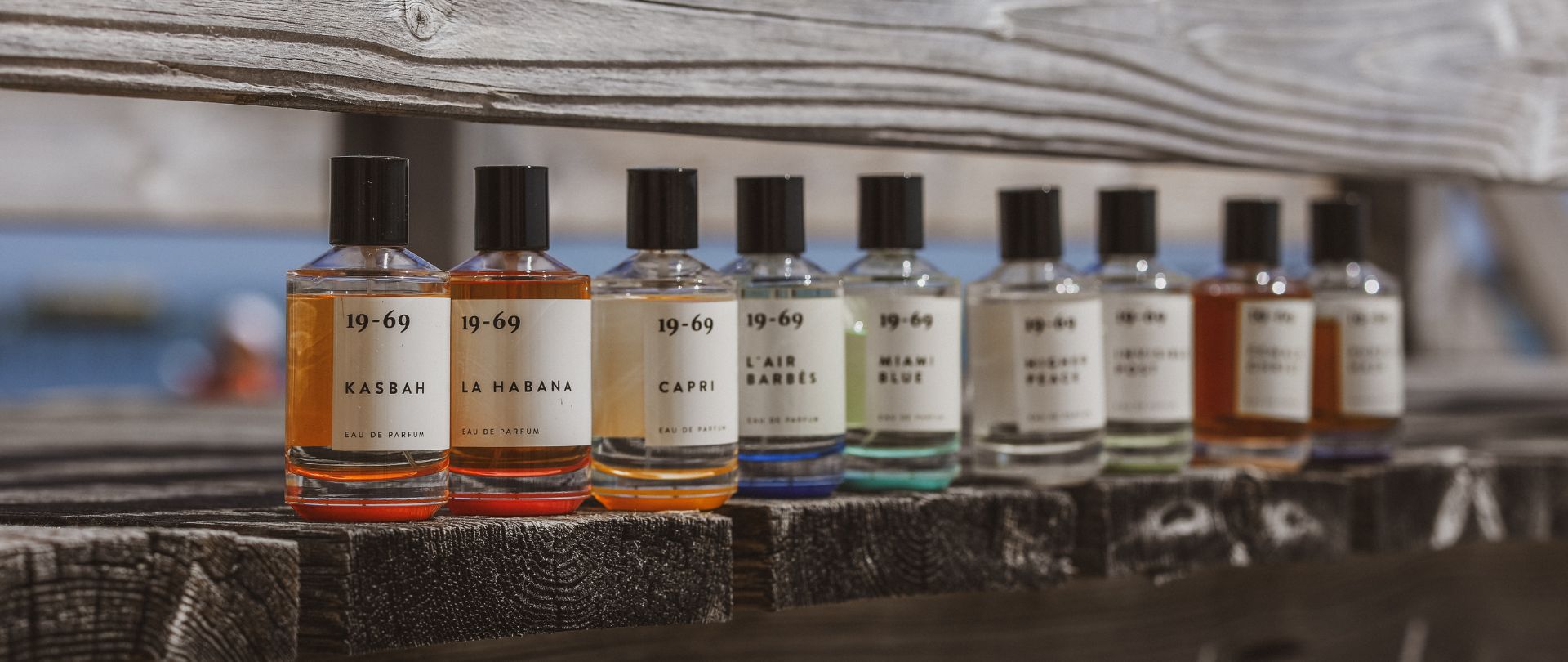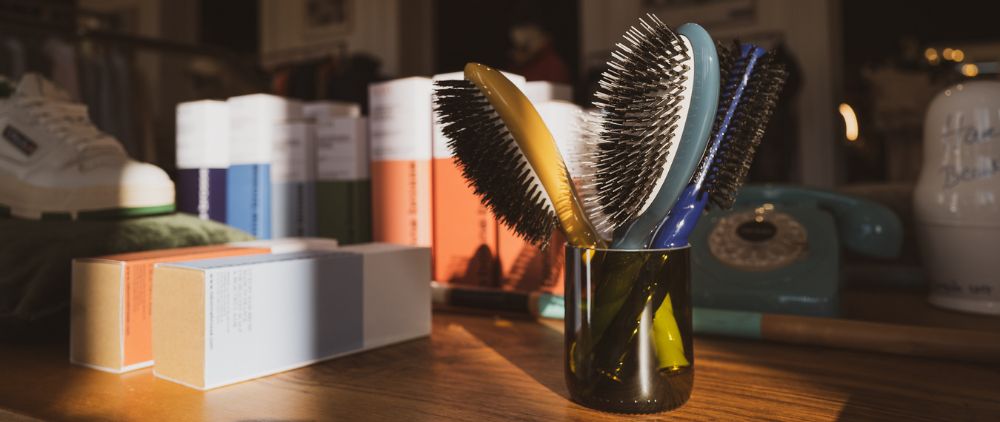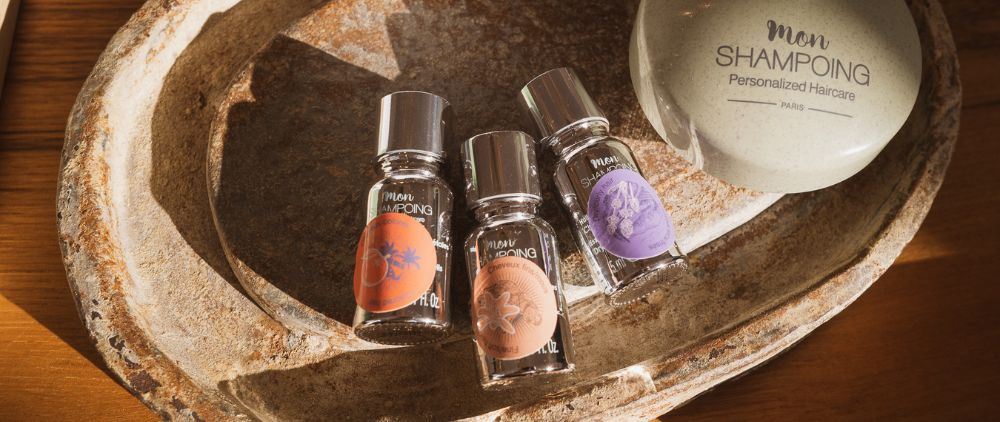
All you need to know about the composition of a perfume
Understanding fragrance composition is essential to fully appreciate the art of perfumery and make informed choices. Each fragrance is a complex symphony of olfactory notes that evolve over time. Knowing the different notes and how they interact allows you to better grasp the nuances and depth of a fragrance. What's more, a good understanding of ingredients and their provenance can help you avoid allergies and select more natural or environmentally-friendly products.
- 1. Olfactory notes
- 2. The different types of perfume
- 3. The 7 major fragrance families
- 4. Perfume manufacturing: natural or synthetic ingredients?
- 5. How many ingredients are needed to create a perfume?
1. Olfactory notes
Perfumes are generally divided into top, middle and base notes. To choose your daily fragrance, it's important to test it on your skin before buying it. Let the fragrance evaporate naturally and don't rinse it off, so you can feel the different notes.
- Top notes: the top note is the first scent we perceive; it is volatile and disappears quickly.
- Heart notes: the heart is the central part of the fragrance, determining its personality.
- Base notes: the base note is the most persistent, revealing the fragrance's olfactory signature.
2. The different types of perfume
There are different types of perfume, depending on their concentration of essential oils. Perfumes can be divided into three categories:
- Eaux de Cologne: these have an essential oil concentration of between 2% and 4%, making them the least concentrated and the lightest.
- Eaux de toilette: these contain between 5% and 15% essential oils, so are more concentrated than colognes, but less than perfumes.
- Eau de parfum : these have a concentration of essential oils of over 15% and are therefore the most concentrated and persistent.
3. The 7 major fragrance families
Fragrance types and families are essential classifications for navigating the complex world of perfumery. Each fragrance belongs to an olfactory family, which groups together scents with similar characteristics. Perfumes can be grouped into 7 fragrance families, each offering a distinct olfactory experience:
- Citrus fragrances are characterized by sparkling, fresh and energizing citrus notes. Typical ingredients include bergamot, lemon, orange, grapefruit and mandarin. These citrus fruits share the characteristic of having their essential oil contained in the zest of the fruit.
- Flowery fragrances are often considered the heart of perfumery. Flowers are among the most worked materials in perfumes, and floral fragrances still account for half of the women's market. Reference flowers include rose, jasmine and tuberose, as well as lesser-known blossoms such as tiare and frangipani.
- Woody fragrances are indispensable in perfumery, often forming the "backbone" of perfume compositions. They provide the basic structure on which other notes build. Woody notes fall into several categories: dry, humid, mossy, ambery, smoky and resiny.
- Oriental fragrances are distinguished by their rich, exotic and sensual notes. They often use ingredients such as vanilla, musk, amber and spices like cinnamon and clove. Natural resins also play a key role in this family.
- Chypre fragrances are known for their elegance and complexity. They typically combine notes of oakmoss, bergamot, labdanum and patchouli. This blend creates a sophisticated, timeless composition, often described as both fresh and woody.
- Fern fragrances are particularly popular in men's perfumery. The term "fougère" means "fern" in French, but fragrances in this family are not necessarily derived from the plant itself. They are characterized by a combination of lavender, geranium, oakmoss, coumarin and bergamot notes.
- Leathery fragrances are a distinctive olfactory family that evoke the robust, intense scents of leather. They use ingredients such as birch, tobacco, honey and animal notes to recreate the scent of tanned leather.
4. Perfume manufacturing: natural or synthetic ingredients?
In the manufacture of fragrances, natural and synthetic ingredients play distinct and complementary roles. Natural ingredients, such as essential oils and plant extracts, bring a unique richness and complexity, often appreciated for their authenticity and depth. However, they can be expensive and vary in quality depending on the harvest.
Conversely, synthetic ingredients offer great stability and a vast palette of new olfactory notes not always available in nature. They also make it possible to create fragrances that are more accessible and long-lasting. Understanding the advantages and disadvantages of these two types of ingredients helps us better appreciate the diversity and creativity of modern perfumery.
5. How many ingredients are needed to create a perfume?
A fragrance generally contains dozens to hundreds of different ingredients. This diversity is essential to create a complex, nuanced fragrance.
Perfumers generally use three to five main ingredients, called "raw materials", which form the heart of the fragrance and give it its distinctive structure.
In addition to these main ingredients, a fragrance may include dozens of other components, such as fixatives to prolong the fragrance's life on the skin, tone modifiers to adjust the quality of the fragrance, and dispersing agents to ensure even diffusion of the fragrance when applied.




















